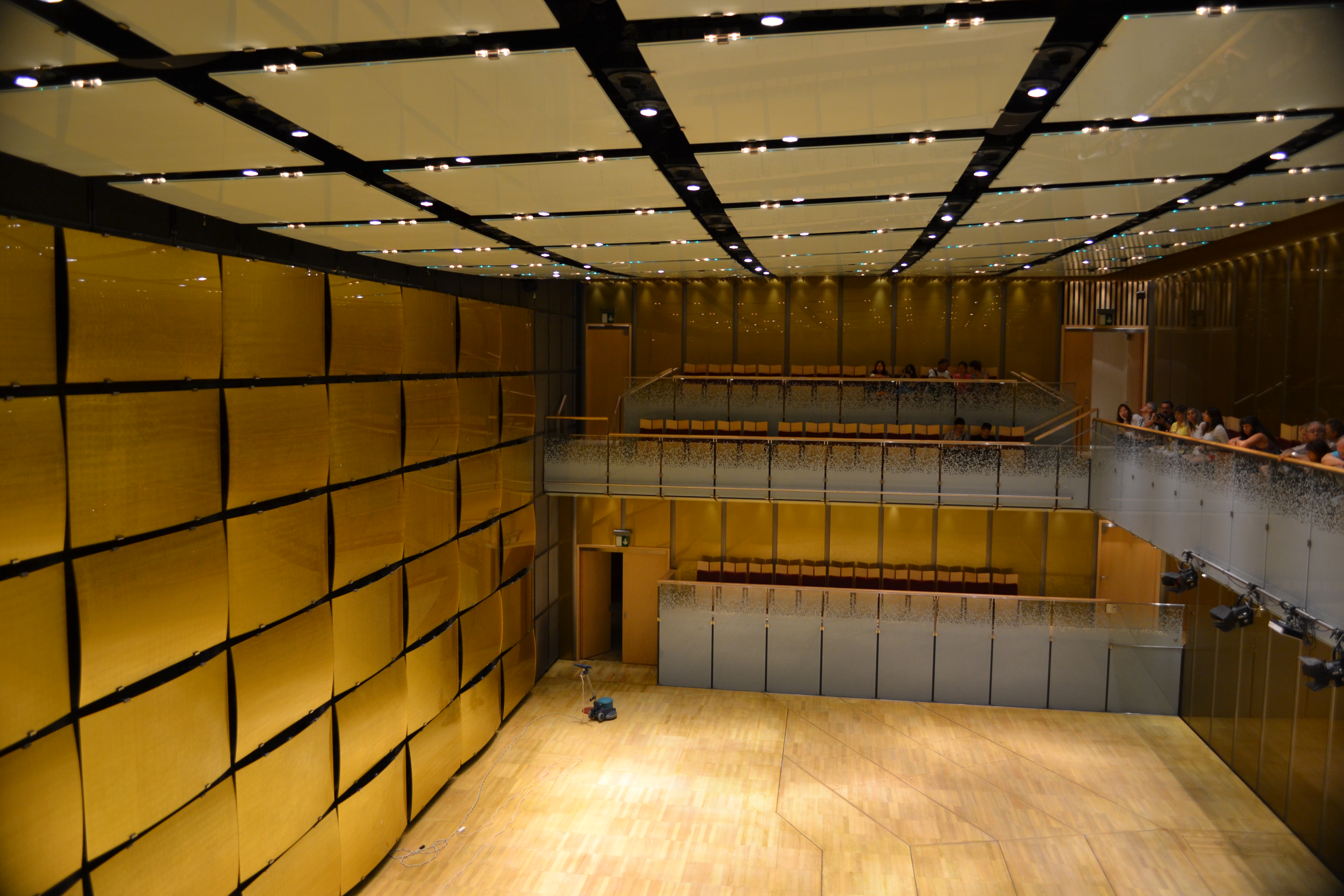Musikverein on:
[Wikipedia]
[Google]
[Amazon]
The ( or ; ), commonly shortened to , is a

 The Great Hall (''Großer Musikvereinssaal''), also called the Golden Hall (''Goldener Saal''), is about long, wide, and high. It has 1,744 seats and standing room for 300. The Scandal Concert of 1913 was given there, and it is the venue for the annual Vienna New Year's Concert.
The Great Hall's lively acoustics are primarily based on Hansen's intuition, as he could not rely on any studies on
The Great Hall (''Großer Musikvereinssaal''), also called the Golden Hall (''Goldener Saal''), is about long, wide, and high. It has 1,744 seats and standing room for 300. The Scandal Concert of 1913 was given there, and it is the venue for the annual Vienna New Year's Concert.
The Great Hall's lively acoustics are primarily based on Hansen's intuition, as he could not rely on any studies on
Wien DSC 3031 (1942096731).jpg
Wiener Musikverein 5.jpg
Wien - Musikverein, Orgel.JPG
 The names of the six halls refer to gold,
The names of the six halls refer to gold,
concert hall
A concert hall is a cultural building with a stage (theatre), stage that serves as a performance venue and an auditorium filled with seats.
This list does not include other venues such as sports stadia, dramatic theatres or convention ...
in Vienna
Vienna ( ; ; ) is the capital city, capital, List of largest cities in Austria, most populous city, and one of Federal states of Austria, nine federal states of Austria. It is Austria's primate city, with just over two million inhabitants. ...
, Austria, which is located in the Innere Stadt
The Innere Stadt (; ; "Inner City") is the 1st municipal Districts of Vienna, district of Vienna () located in the center of the Austrian capital. The Innere Stadt is the old town of Vienna. Until the city boundaries were expanded in 1850, the I ...
district. The building opened in 1870 and is the home of the Vienna Philharmonic orchestra.
The acoustics of the building's 'Great Hall' () have earned it recognition alongside other prominent concert halls, such as the Konzerthaus in Berlin, the Concertgebouw Concertgebouw may refer to one of the following concert halls:
* Concertgebouw, Amsterdam, Netherlands
* Concertgebouw, Bruges, Belgium
* Concertgebouw de Vereeniging, Netherlands
{{disambiguation
Buildings and structures disambiguation pages ...
in Amsterdam and Symphony Hall in Boston. With the exception of Boston's Symphony Hall, none of these halls was built in the modern era with the application of architectural acoustics, and all share a long, tall and narrow shoebox shape.
Building
The 's main entrance is situated on Musikvereinsplatz, between Karlsplatz and . The building is located behind the Hotel Imperial that fronts on Kärntner Ring, which is part of theVienna Ring Road
The Ringstrasse or Ringstraße (pronounced �ɪŋˌʃtʁaːsə ⓘ, lit. ''ring road'') is a 5.3 km (3.3 mi) circular grand boulevard that serves as a ring road around the historic city centre, the Innere Stadt, of Vienna, Austria. The road is bu ...
(Ringstraße). It was erected as the new concert hall run by the Society of Friends of Music in Vienna, on a piece of land provided by Emperor Franz Joseph I of Austria in 1863.
The plans were designed by Danish architect Theophil Hansen in the Neoclassical style of an ancient Greek temple
Greek temples (, semantically distinct from Latin language, Latin , "temple") were structures built to house deity statues within Greek sanctuaries in ancient Greek religion. The temple interiors did not serve as meeting places, since the Ancien ...
, including a concert hall and a smaller chamber music
Chamber music is a form of classical music that is composed for a small group of Musical instrument, instruments—traditionally a group that could fit in a Great chamber, palace chamber or a large room. Most broadly, it includes any art music ...
hall. The building was inaugurated on 6 January 1870. A major donor was Nikolaus Dumba, an industrialist and liberal politician of Aromanian Greek - Albanian (Voskopoja) descent, whose name was given by the Austrian government to a small street () near the .
The Golden Hall

architectural acoustics
Architectural acoustics (also known as building acoustics) is the science and engineering of achieving a good sound within a building and is a branch of acoustical engineering. The first application of modern scientific methods to architectur ...
. The room's rectangular shape and proportions, its boxes and sculptures allow early and numerous sound reflections.
The Great Hall originally included a historic pipe organ
The pipe organ is a musical instrument that produces sound by driving pressurised air (called ''wind'') through the organ pipes selected from a Musical keyboard, keyboard. Because each pipe produces a single tone and pitch, the pipes are provide ...
built by Friedrich Ladegast. Its first organ recital was held by Anton Bruckner
Joseph Anton Bruckner (; ; 4 September 182411 October 1896) was an Austrian composer and organist best known for his Symphonies by Anton Bruckner, symphonies and sacred music, which includes List of masses by Anton Bruckner, Masses, Te Deum (Br ...
in 1872. The present-day instrument was originally installed in 1907 by the Austrian firm of Rieger Orgelbau, highly esteemed by musicians such as Franz Schmidt or Marcel Dupré, and rebuilt in 2011.
In 2001, a renovation program began. Several new rehearsal halls were installed in the basement.
Gallery
Halls
Johannes Brahms
Johannes Brahms (; ; 7 May 1833 – 3 April 1897) was a German composer, virtuoso pianist, and conductor of the mid-Romantic period (music), Romantic period. His music is noted for its rhythmic vitality and freer treatment of dissonance, oft ...
, glass, metal, stone and wood respectively.
References
External links
* * {{Authority control Music venues completed in 1870 Cultural venues in Vienna Concert halls in Austria Vienna Philharmonic Event venues established in 1870 Buildings and structures in Innere Stadt Theophil Hansen buildings 1870 establishments in Austria 19th-century architecture in Austria